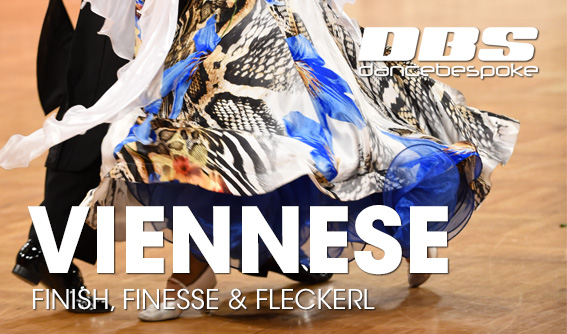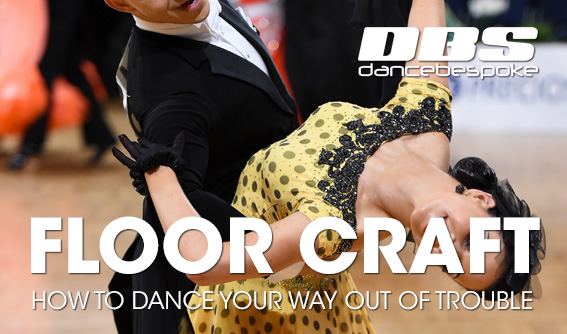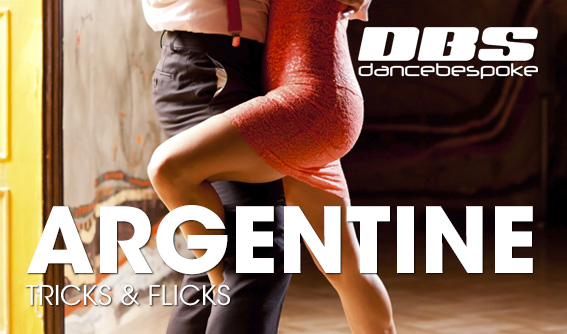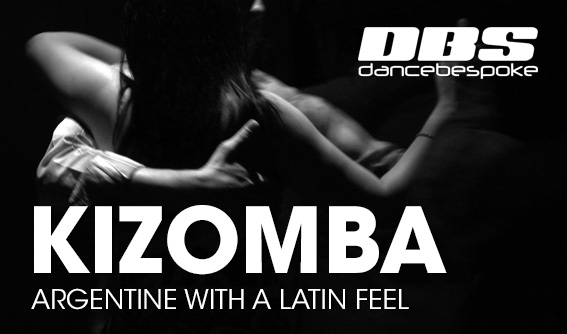WEDNESDAY NIGHTS at ETTILEY HEATH COMMUNITY CHURCH
Improvers/Intermediates 7pm
CANCELLED Beginners 8pm – Due to low numbers
2nd August Disco Fox – Decades Music CANCELLED – Due to low numbers
9th August Viennese Waltz – Finish, Finesse & Fleckerl
16th August Floor Craft – Dance Your Way Out of Trouble CANCELLED – Due to low numbers
23rd August Argentine Tango – Tricks & Flicks
30th August Kizomba – Argentine Latin You Will Love
*£5.00 per person per session (£10 per couple)
*includes discount for payment in advance
[divider]
CANCELLED – Due to low numbers Discofox is a partner dance born during the improvisational social disco dance scene of the mid-1970s, evolving in Europe whilst “The Hustle” emerged in the United States. Both dances were greatly influenced by Saturday Night Fever.
Figures include various hand wraps, spins, throw-outs/catches, poses, drops; and also acrobatic figures included for competitions. Different types of single and double handhold are used.
In various regions it is also known under different names: Disco Hustle, Swing Fox, Disco Swing, and Rock Fox. It is very popular in European countries and becoming increasingly popular in Russia.
[divider]

Viennese Waltz, was the first ballroom dance performed in the closed hold. The German, Austrian, and Scandinavian word “Walzer”, also the French “Valse”, or “Vals” (Danish, Norwegian, and Swedish), still implicitly refer to the original fast moving form of the Viennese Waltz and not the English Waltz or Slow Waltz.
Constantly rotating, a true Viennese Waltz consists of Natural and Reverse turns interspersed with change steps to switch the direction of rotation. Couples follow the same counter-clockwise path as each other around the floor without overtaking. Many dancers aspire to include The Fleckerl, however this modern invention is a figure not normally included at the annual balls in Vienna.
[divider]

CANCELLED – Due to low numbers Floor craft is a necessity when dancing on a crowded floor, but is also the umbrella term we use to describe how dance couples use the full floor in order to enhance their competitive performance.
Outside of your regular dance class, it can be tricky to know how to over/under turn figures or alter your rhythm and timing; which sometimes means adapting your routine. Floor craft is using the figures and routines that you know, to navigate your way around the floor.
Developing your technique and floor craft is essential for confidence on both a social and competitive dance floor.
[divider]

Argentine tango relies heavily on improvisation and is essentially walking in an embrace with a partner to the music. The hold can vary from very open at arms length, to very closed, in which the connection is chest-to-chest, or anywhere in between.
Dancing appropriately for the emotion and speed of Tango music is extremely important. A good dancer will transmit the feeling of the music to their partner, leading them effectively throughout the dance. Dancers generally keep their feet close to the floor as they walk, the ankles and knees brushing as one leg passes the other.
[divider]

Kizomba is a slow African rhythm dance, with an electronic percussion. It was first described as an African Tango with the feel of blues and Bachata.
Both Kizomba and Tango are characterised as walking dances requiring a close connection. The Tango embrace feels formal with a very strong masculine dominance and feminine submission, whilst Kizomba feels casual with more harmony between two people dancing.
Kizomba has a reputation; it can be a sexy dance. Many online videos feature people pulsating, grinding their pelvis against each other – However, that is not inherent to the original dance developed in Angola in the late 70s. Rumba is the most sexual (competitive) dance by far, yet we do not dance it socially as we should.
